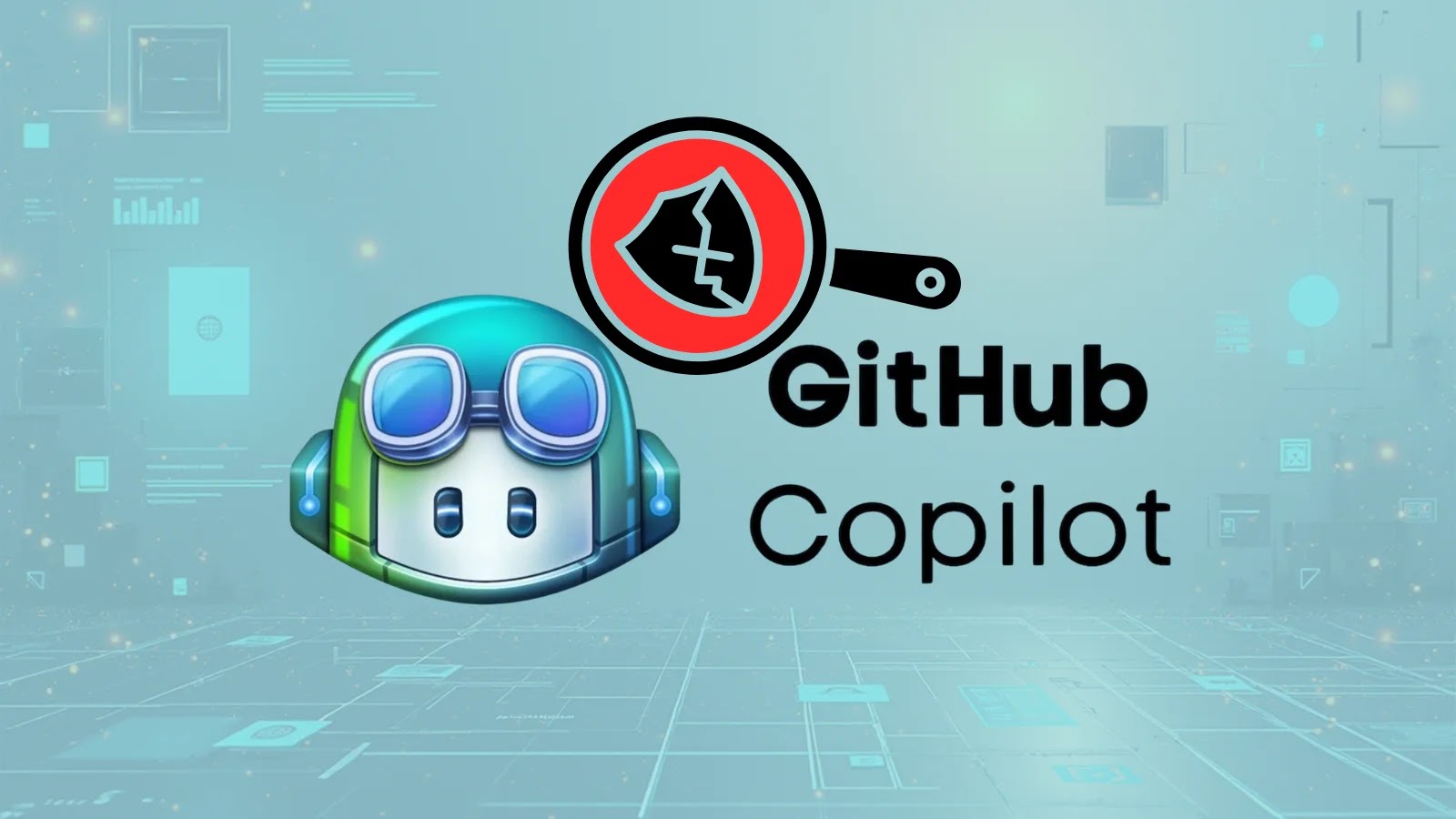
Critical GitHub Copilot Vulnerability Let Attackers Exfiltrate Source Code From Private Repos
Unmasking the GitHub Copilot Chat Vulnerability: A Critical Threat to Source Code Security
In a landscape where developers increasingly rely on AI-powered coding assistants, a recently disclosed critical vulnerability in GitHub Copilot Chat sent ripples through the cybersecurity community. Rated a staggering 9.6 on the CVSS scale, this flaw presented a significant risk, allowing attackers to exfiltrate sensitive source code and proprietary secrets from private repositories without detection. For any organization leveraging Copilot, understanding the mechanics of this vulnerability and its implications is paramount.
The Mechanics of Stealth: Prompt Injection Meets CSP Bypass
The ingenuity of this attack lay in its multi-faceted approach. Attackers didn’t just stumble upon a single weakness; they meticulously chained together two distinct techniques to achieve their nefarious goal:
- Novel Prompt Injection: This wasn’t your run-of-the-mill prompt injection. The attackers devised a method to manipulate Copilot Chat’s AI, compelling it to perform actions beyond its intended scope. By carefully crafting prompts, they could coax the assistant into revealing internal system information or executing commands.
- Clever Content Security Policy (CSP) Bypass: GitHub’s Content Security Policy is a crucial defense mechanism designed to prevent cross-site scripting (XSS) and data injection attacks. However, the attackers identified a subtle weakness that allowed them to circumvent these controls. This bypass effectively opened a channel for the exfiltration of data even as the CSP was theoretically in place.
The combination of these two elements granted attackers substantial control over a victim’s Copilot instance. This level of access meant they could instruct Copilot Chat to read and transmit source code, API keys, and other confidential data residing within private repositories, all in a manner that was hard to detect without specific monitoring.
Understanding the Impact: Data Exfiltration and Intellectual Property Loss
The potential ramifications of this vulnerability were severe. The exfiltration of source code from private repositories can lead to:
- Intellectual Property Theft: Proprietary algorithms, unique business logic, and innovative features can be stolen and replicated by competitors.
- Exposure of Sensitive Data: Hardcoded API keys, database credentials, and other secrets often present in source code become prime targets for attackers. This can cascade into further breaches, compromising entire systems.
- Reputational Damage: A data breach involving source code can severely erode customer trust and damage an organization’s reputation.
- Compliance Violations: Industries subject to strict regulatory frameworks (e.g., GDPR, HIPAA) could face significant fines and legal repercussions.
The fact that this exfiltration could occur “silently” is particularly alarming. Without dedicated security measures or a keen eye on unusual Copilot Chat behavior, organizations might remain unaware of a breach until significant damage has already been done.
Remediation Actions and Best Practices
While GitHub has addressed this specific vulnerability, the incident serves as a stark reminder of the ongoing need for robust security practices when integrating AI tools into development workflows. Here are actionable steps organizations should consider:
- Keep Software Updated: Always ensure your Copilot Chat extension and related GitHub components are running the latest versions. Security patches are crucial for closing known vulnerabilities.
- Implement Least Privilege: Limit the permissions granted to AI assistants and developer tools to only what is absolutely necessary for their function.
- Monitor AI Tool Interactions: Implement logging and monitoring for anomalous behavior within AI coding assistants. Look for unusual data access patterns or unexpected command executions.
- Sanitize and Validate Inputs: While Copilot Chat is a complex system, the principle of sanitizing and validating all inputs remains critical for preventing prompt injection and other manipulation techniques.
- Regular Security Audits: Conduct frequent security audits of your development environment, including how AI tools interact with your codebases.
- Educate Developers: Train developers on the potential risks associated with AI-powered tools, including prompt injection, and best practices for secure interaction.
- Harden Content Security Policies: Continuously review and strengthen your CSPs to ensure they adequately protect against evolving attack vectors.
Tools for Detection and Mitigation
Proactive security requires the right tools. Here are some categories and examples of tools that can aid in detecting and mitigating similar vulnerabilities:
| Tool Name | Purpose | Link |
|---|---|---|
| Static Application Security Testing (SAST) Tools (e.g., SonarQube, Checkmarx) | Analyze source code for security vulnerabilities, including potential prompt injection weaknesses if AI models are integrated. | SonarQube / Checkmarx |
| Dynamic Application Security Testing (DAST) Tools (e.g., OWASP ZAP, Burp Suite) | Scan running applications for vulnerabilities, including potential CSP bypasses and data exfiltration vectors. | OWASP ZAP / Burp Suite |
| Security Information and Event Management (SIEM) Systems (e.g., Splunk, Elastic SIEM) | Aggregate and analyze logs from various sources to detect suspicious activity and potential breaches related to AI tool usage. | Splunk / Elastic SIEM |
| Cloud Access Security Brokers (CASB) (e.g., Palo Alto Networks Prisma Cloud) | Monitor and enforce security policies for cloud services, including how development tools interact with cloud repositories. | Palo Alto Networks Prisma Cloud |
Key Takeaways for a Secure Development Future
The GitHub Copilot Chat vulnerability, while patched,
serves as a crucial lesson: the integration of powerful AI tools into critical development processes introduces new attack surfaces. Maintaining vigilance through continuous updates, strict privilege management, active monitoring, and comprehensive developer education is not optional. As AI continues to evolve, so too must our understanding of the unique security challenges it presents. Organizations must remain proactive in anticipating and mitigating these risks to safeguard their invaluable source code and intellectual property. The path to secure AI integration is one of ongoing adaptation and unwavering commitment to security best practices.





